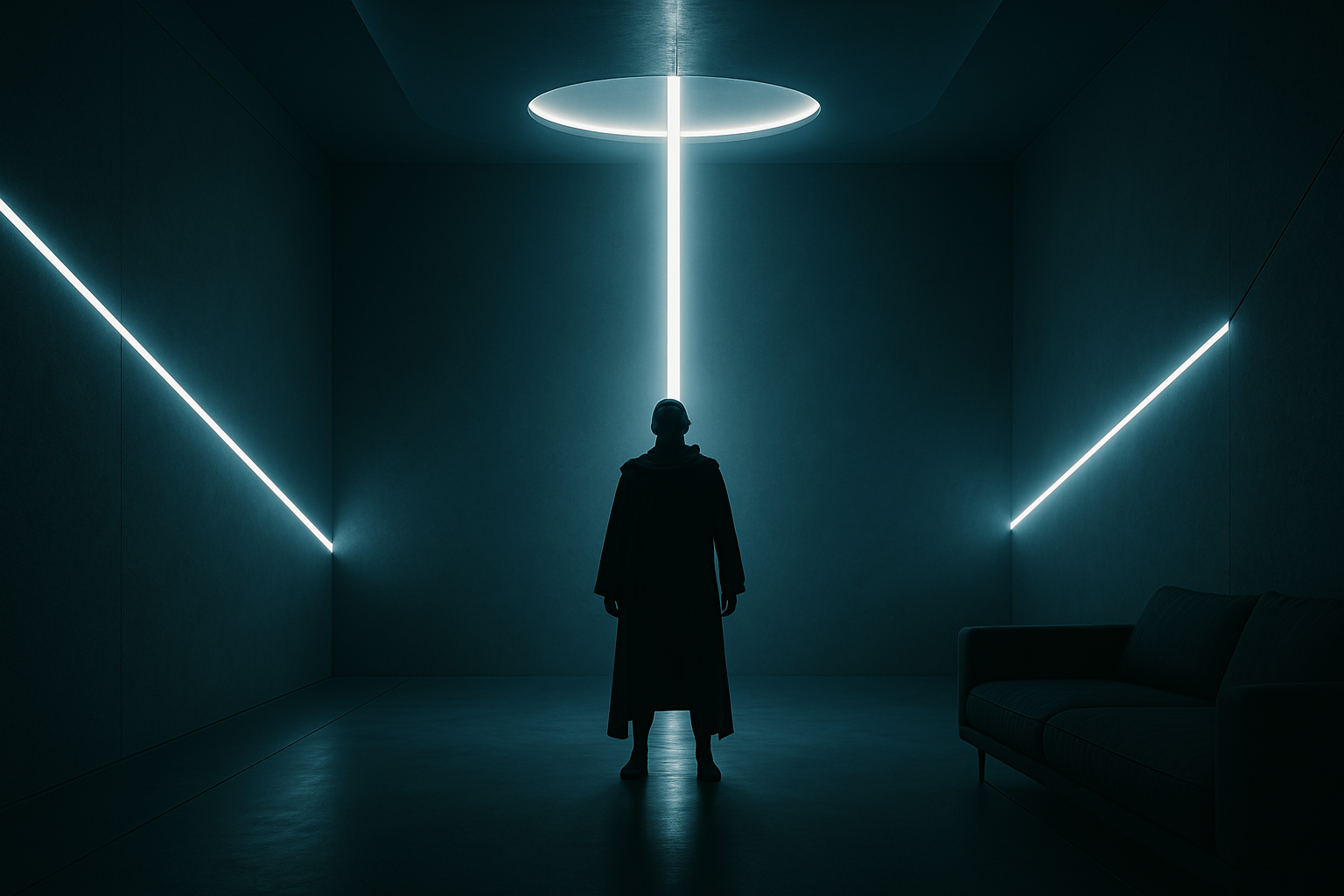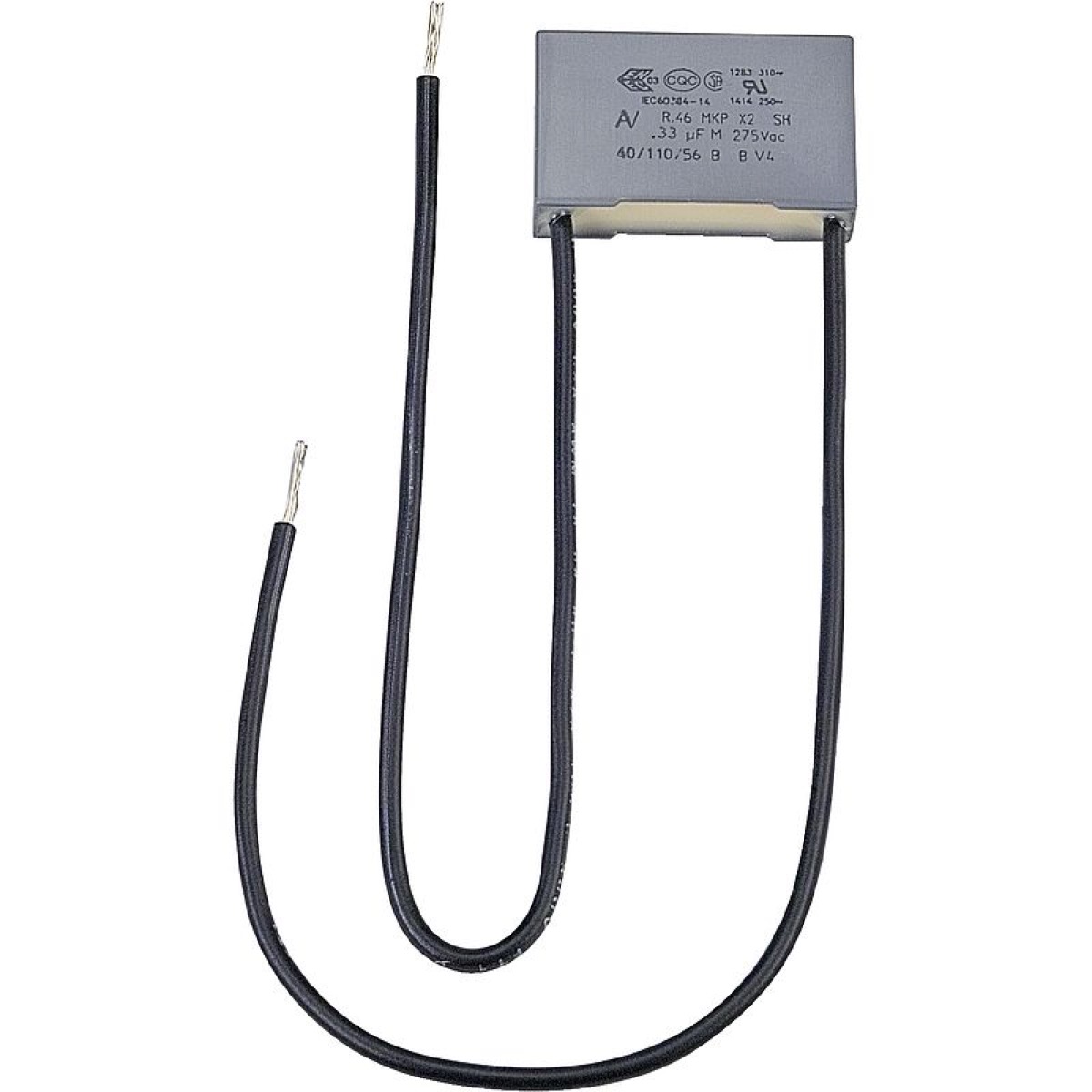20
Mai
Light and vision
Humans orient themselves primarily with their eyes: their environment is a visual world. We absorb more than 80 percent of all information through our eyes; they are our most important sensory organ. This would not be possible without light - light is the medium that makes visual perception possible in the first place.
Insufficient light or darkness prevent good vision; we become insecure and find it harder to orient ourselves. Only lighting creates a \"safe feeling\" even in the dark.
Humans use only visible electromagnetic radiation to see. In the course of evolution, the eyes have specialized in the wavelength range of sunlight that penetrates the earth's atmosphere in sufficient quantity and with a certain constancy.
From the eye to the brain
The eyes transmit the received information ten times faster than the ears. The brain processes the information and calculates a spatial impression from the two slightly different images \"sent\" by the right and left eyes. This enables humans to see in three dimensions and also to estimate distances.
In distance vision, the brain distinguishes between near and far objects also based on the blue components in the light. Thus, closer objects appear in warmer shades with higher intensity, while more distant objects appear in bluish and pale shades.
Insufficient light or darkness prevent good vision; we become insecure and find it harder to orient ourselves. Only lighting creates a \"safe feeling\" even in the dark.
Humans use only visible electromagnetic radiation to see. In the course of evolution, the eyes have specialized in the wavelength range of sunlight that penetrates the earth's atmosphere in sufficient quantity and with a certain constancy.
From the eye to the brain
The eyes transmit the received information ten times faster than the ears. The brain processes the information and calculates a spatial impression from the two slightly different images \"sent\" by the right and left eyes. This enables humans to see in three dimensions and also to estimate distances.
In distance vision, the brain distinguishes between near and far objects also based on the blue components in the light. Thus, closer objects appear in warmer shades with higher intensity, while more distant objects appear in bluish and pale shades.












